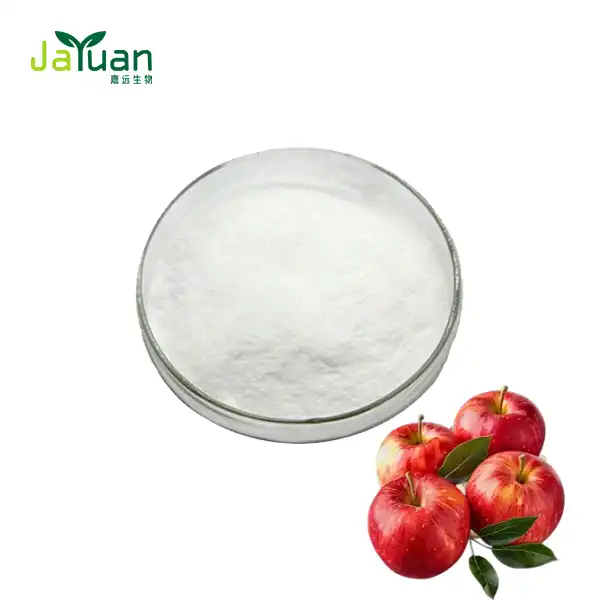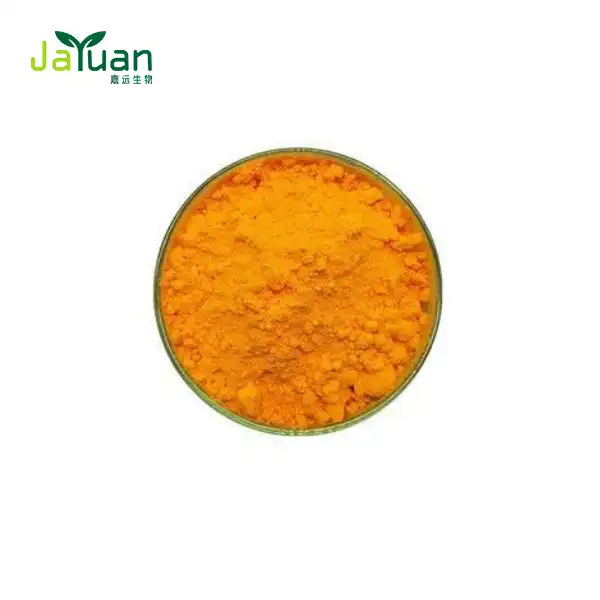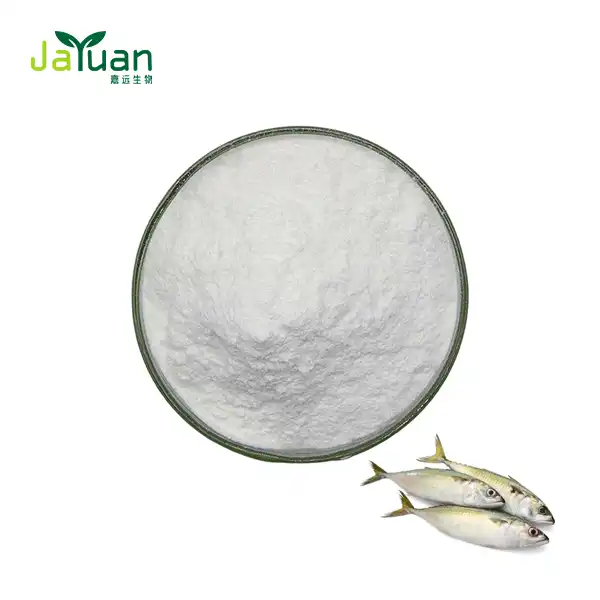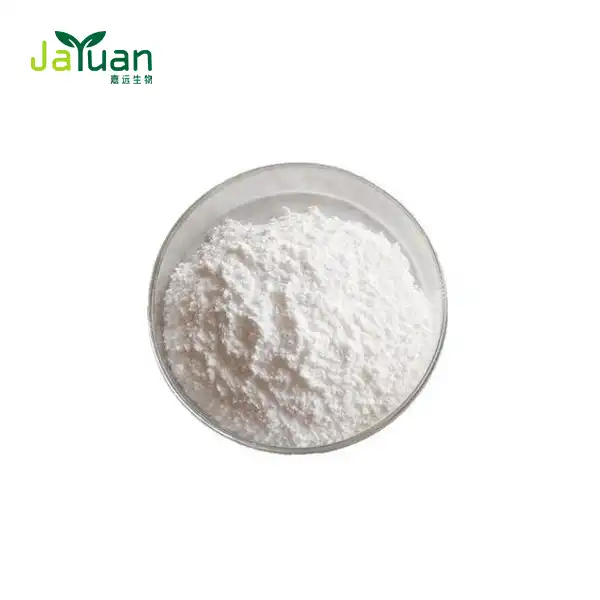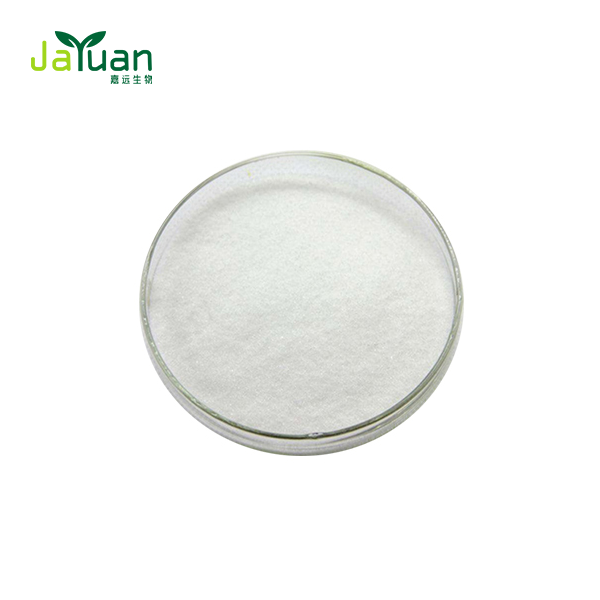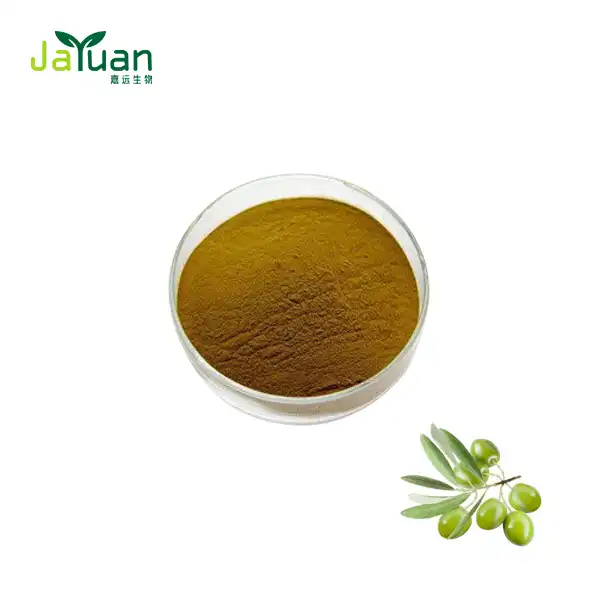Fructooligosaccharides vs Prebiotics: Understanding the Link
In the realm of gut health and nutrition, fructooligosaccharides (FOS) and prebiotics have gained significant attention. As more people focus on improving their digestive wellness, understanding the relationship between these compounds becomes crucial. This article delves into the world of fructooligosaccharides powder and its connection to prebiotics, offering insights into their similarities, differences, and potential synergistic effects.
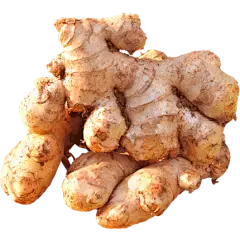
Is FOS powder the same as other prebiotics?
To answer this question, we first need to understand what prebiotics are and how FOS fits into this category.
Defining prebiotics
Prebiotics are non-digestible food ingredients that beneficially affect the host by selectively stimulating the growth and/or activity of one or a limited number of bacterial species already resident in the colon. They serve as food for beneficial gut bacteria, promoting their growth and activity.
FOS as a prebiotic
Organic fructooligosaccharide powder is indeed a type of prebiotic. It's a naturally occurring carbohydrate found in various plants, including chicory root, Jerusalem artichokes, and bananas. FOS resists digestion in the upper gastrointestinal tract and reaches the colon intact, where it's fermented by beneficial bacteria.
Unique characteristics of FOS
While FOS is a prebiotic, it has some unique characteristics that set it apart:
- Sweetness: FOS has a mildly sweet taste, making it a potential low-calorie sweetener.
- Chain length: FOS has a shorter chain length compared to some other prebiotics, which may affect its fermentation rate and potential benefits.
- Selectivity: FOS is particularly effective at promoting the growth of Bifidobacteria, a beneficial genus of gut bacteria.
Comparing Fructooligosaccharides to inulin and GOS
To better understand FOS, it's helpful to compare it with other common prebiotics like inulin and galactooligosaccharides (GOS).
FOS vs Inulin
Inulin and FOS are closely related:
- Structure: Both are made up of fructose units, but inulin has a longer chain length.
- Sources: Both can be found in similar plant sources, with chicory root being a primary source for commercial production.
- Digestibility: Both resist digestion in the upper GI tract and are fermented in the colon.
- Prebiotic effects: While both promote beneficial bacteria growth, some studies suggest FOS may be more selective for Bifidobacteria.
FOS vs GOS
Galactooligosaccharides (GOS) are another type of prebiotic with some differences from Fructooligosaccharides Powder:
- Structure: GOS are composed of galactose units, while FOS are made of fructose units.
- Sources: GOS are typically produced from lactose, while FOS are derived from plant sources.
- Prebiotic effects: Both promote beneficial bacteria growth, but GOS may have a broader effect on different bacterial species.
- Digestive tolerance: Some studies suggest that GOS may be better tolerated in higher doses compared to FOS.
Comparative benefits
Each prebiotic has its unique advantages:
- FOS: May be particularly beneficial for promoting Bifidobacteria growth and offering a mildly sweet taste.
- Inulin: Often used as a fat replacer in food products and may have a more substantial effect on mineral absorption.
- GOS: May have broader prebiotic effects and be better tolerated in higher doses.
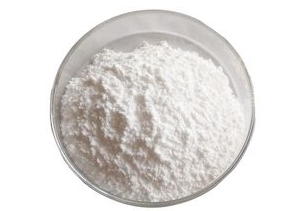
Synergistic effects: Combining FOS with other prebiotics
While each prebiotic has its benefits, combining them may lead to synergistic effects that enhance their overall impact on gut health.
The concept of prebiotic synergy
Prebiotic synergy refers to the enhanced beneficial effects that can occur when different types of prebiotics are combined. This synergy can result in more diverse and robust prebiotic effects than using a single type of prebiotic alone.
FOS and Inulin combinations
Combining fructooligosaccharides powder with inulin is a common approach:
- Complementary chain lengths: The mixture of short-chain FOS and longer-chain inulin may provide a more sustained prebiotic effect throughout the colon.
- Enhanced bacterial diversity: The combination may promote the growth of a wider range of beneficial bacteria species.
- Improved mineral absorption: Some studies suggest that the combination may enhance calcium absorption more effectively than either prebiotic alone.
FOS and GOS combinations
Combining FOS with GOS is another promising approach:
- Broader prebiotic effects: The different structures of FOS and GOS may stimulate a wider range of beneficial bacteria.
- Potential for improved digestive tolerance: The combination may allow for higher total prebiotic intake with fewer digestive side effects.
- Enhanced immune modulation: Some research suggests that the combination may have more potent effects on the immune system than either prebiotic alone.
Potential applications of prebiotic combinations
The synergistic effects of prebiotic combinations have potential applications in various areas:
- Functional foods: Combining prebiotics in food products may enhance their health-promoting properties.
- Dietary supplements: Prebiotic blends may offer more comprehensive support for gut health and overall wellbeing.
- Infant nutrition: Combinations of prebiotics are being studied for their potential benefits in infant formula to mimic the prebiotic effects of human milk.
Conclusion
In conclusion, while fructooligosaccharides powder is indeed a prebiotic, it has unique characteristics that set it apart from other prebiotics like inulin and GOS. Each prebiotic offers distinct benefits, and combining them may lead to synergistic effects that enhance their overall impact on gut health. As research in this field continues to evolve, we may discover even more ways to leverage the power of prebiotics for improved health and wellbeing.
If you're interested in learning more about organic fructooligosaccharide powder and other prebiotic ingredients, don't hesitate to reach out to us. At Xi'an Jiayuan Bio-Tech, we're committed to providing high-quality, natural plant extracts to support your health and nutrition needs. Contact us at sales@jayuanbio.com for more information or to discuss how our products can benefit your business.
References
1. Gibson, G.R., et al. (2017). Expert consensus document: The International Scientific Association for Probiotics and Prebiotics (ISAPP) consensus statement on the definition and scope of prebiotics. Nature Reviews Gastroenterology & Hepatology, 14(8), 491-502.
2. Roberfroid, M., et al. (2010). Prebiotic effects: metabolic and health benefits. British Journal of Nutrition, 104(S2), S1-S63.
3. Davani-Davari, D., et al. (2019). Prebiotics: Definition, Types, Sources, Mechanisms, and Clinical Applications. Foods, 8(3), 92.
4. Kolida, S., & Gibson, G.R. (2007). Prebiotic Capacity of Inulin-Type Fructans. The Journal of Nutrition, 137(11), 2503S-2506S.
5. Macfarlane, G.T., et al. (2008). Bacterial metabolism and health-related effects of galacto-oligosaccharides and other prebiotics. Journal of Applied Microbiology, 104(2), 305-344.
6. Coudray, C., et al. (2003). Effects of inulin-type fructans of different chain length and type of branching on intestinal absorption and balance of calcium and magnesium in rats. European Journal of Nutrition, 42(2), 91-98.

